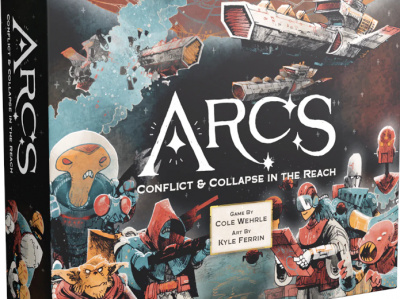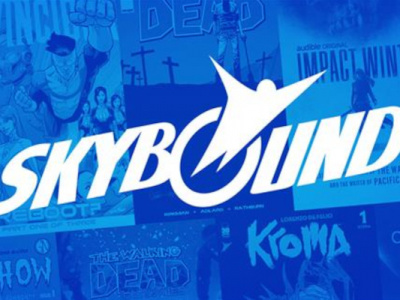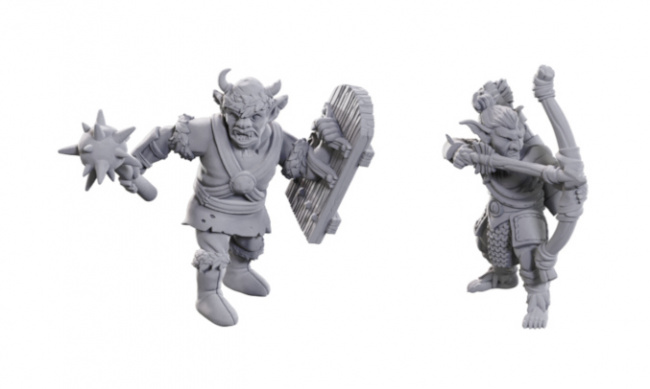Sharpening the Stone is a regular column by retailer John Riley, who owns Grasshopper's Comics, a 1300 square foot comic and game store in Williston Park, New York. This week, after a post-holiday hiatus, Riley starts a four-part series on creating a business plan.
Sorry for the lapse between columns but sometimes life does raise its ugly head. During the last few columns I had gone over some basic preparation for your business plan. We had looked at the difference between owning a business and a job, the identity of your business, looking at your personal goals, and some changes in the industry that will likely affect us all this year. Hopefully you had an opportunity to think about much of this. Personally I used a big part of January to write my own plan and start to implement it. It's been great so far, and now it's time to sit down and start writing yours.
As a side note, it helps when you begin writing your plan to have an intended audience. Even if you never plan to show it to anyone I suggest you write your plan with the intention of showing it to the branch manager of your bank as part of a credit line application. Now I'm not saying that you need credit or you should use it, but having a credit line available definitely provides you with opportunities to bring in new product lines, expand product lines, improve your store, etc... You don't have to actually use it, but it certainly doesn't hurt to have it. This will give you a great opportunity to establish a personal relationship with your bank, which is something you should definitely have. Whether you do an application or not, at least you'll have a reader in mind as you write.
Above all, be honest. Honesty with yourself is the key to this process. Hopefully as you concentrate on each section you'll realize that some things you're doing aren't working, while you could be focusing on other areas that are working. Perhaps you'll remember something you used to do that worked very well but for some reason you stopped doing. That's what we're here to do, dissect your business and decide how to move forward.
OK, now to begin. A basic business plan includes the following sections:
- Executive Summary
- Business Description & Company History
- Products & Services
- Market Analysis
- Target Market
- Competition
- Marketing Strategy
- Management
- Financial Statements
You may have seen business plan outlines with many more sections but these are the ones that are actually necessary. I got over a million dollars in financing for one client based on the outline above, so trust me, it works. A really good plan should boil down to around twenty pages plus financial statements, so don't think you're going to be writing War and Peace.
Let's begin with the Executive Summary. Now if you've done your homework you're all ready for this. If not, you may want to write the Executive Summary last after things are more clearly delineated in your mind. Basically, in the Executive Summary you have one paragraph to write who you are, what you're doing, and what you want. Sounds simple, right? Well, it's usually boiling things down to their most basic elements that's hardest.
Here's an example:
'ABC Comics & Toys is a 1,200 square foot retail store located in town, state, that specializes in the sale of comic books and limited, vintage, and collectible toys. In operation since 2001, ABC had sales of $100,000 in 2005 and is looking to increase sales 10% in 2006 primarily by line expansion. ABC is seeking a $5,000 credit line to enable them to become exclusive dealers of x,y,z product lines for the area.'
Can you boil down your business to three sentences? I would suggest that it might be the most important thing you can do for your store's future. Here's another question: 'If there was only one thing you could work on this year, the one thing that would have the greatest impact on your business, what would it be?'
Our Executive Summary reads something like this:
'Grasshopper's Comics is a family-oriented retailer of comics and games that specializes in Trade Paperbacks and Miniatures Games. In operation since 1992, we plan on increasing sales an additional 10% during 2006 by further restructuring the store to appeal to the general public, aka the bookstore model, and focusing on events and community building activities within the store.'
Moving on, we come to our first real section: Business Description and Company History. This is a short section, usually a page or two, and a good one to ease into your Business Plan with. Basically, you need to describe your store, both in terms of how you experience it and how your customers do.
Here are some questions to ask yourself:
When was the store opened?
Where are you located?
Why did you pick this location? Advantages/disadvantages?
Do you own or rent?
What is the business structure (sole proprietorship, corp., S corp)?
What is your main business function (comics, games, toys)?
What awards have you won?
What is your mission statement?
What are some major milestones in the life of your business?
Here's a chance to remember what sets you apart. Why is your store so special? What are you known for? What about your store's mission sets it apart? But remember, this is about your store, not you. If what sets you apart is that, 'Everyone loves me and that's why they come here,' then your store doesn't exist when you're not there. And that's not good.
Well, you've worked your way through the first two parts and in my opinion they're the hardest by far. If you're writing to obtain financing the reason for these parts of the Business Plan are obvious: you need to quickly and succinctly tell the prospective financer who you are and why you're special. But what if you're not going for financing and this is just for your own use? Well, it's good to go back and remember who you are, what you've achieved, and what you stand for. Before moving forward, sometimes it's good to look at where you've been.







